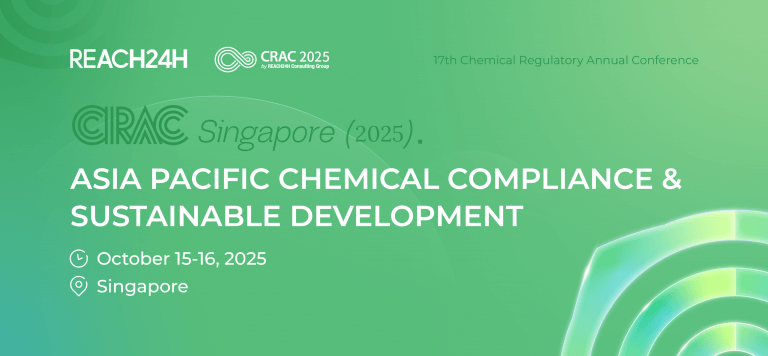The Ministry of the Environment, Japan (MOE), has recently initiated a new phase of ecological harmfulness information collection under the Chemical Substances Control Law (CSCL) framework. This effort focuses on Priority Assessment Chemical Substances and General Chemical Substances, aiming to gather critical data from various sectors to enhance the evaluation process.
Overview
Under the CSCL framework, the screening and evaluation of General Chemical Substances and the risk assessment of Priority Assessment Chemical Substances depend on both publicly available data and information provided by relevant operators. When publicly available data is insufficient, it can lead to underestimation of harmfulness, such as ecological impact values (e.g., Predicted No-Effect Concentration, PNEC). To address this gap, the MOE is calling for industry cooperation to submit harmfulness data for substances lacking sufficient ecological impact information.
Target Substances and Required Data
The MOE has officially identified 82 General Chemical Substances and 52 Priority Assessment Chemical Substances for which they are seeking the following types of harmfulness data:
Algal Toxicity: Acute and Chronic
Crustacean Toxicity: Acute and Chronic
Fish Toxicity: Acute and Chronic
Submission Deadline
Companies possessing relevant data are encouraged to submit it by July 31, 2025. For a detailed list of the substances, REACH24H has compiled a CSCL substances reference list.
How to Submit Information
The MOE has provided two official methods for submitting harmfulness information:
Postal Submission
Address: 〒100-8901 東京都千代田区霞が関1-3-1 経済産業省産業保安・安全グループ化学物質管理課化学物質安全室既存管理担当Please label the envelope with "生態有害性情報提供"
In-Person Submission
Address: Same as above. Submissions can be made directly to the Chemical Substances Safety Office on the 8th floor of the main METI building.
Confidentiality of Submitted Information
If submitted data is utilized, the test results may be partially disclosed. However, the detailed report, along with specific corporate and personal information, will remain confidential.
Why This Initiative Matters
The harmfulness evaluation process is a cornerstone of the CSCL framework, aiming to improve the management of existing chemical substances through comprehensive assessments. By involving all sectors of society, the initiative seeks to achieve more effective and reasonable control of chemical substances.
Benefits for Companies
A more thorough harmfulness evaluation can lead to better categorization of substances, potentially reducing compliance costs for companies. For example, substances that are reclassified or removed from specific categories may no longer require quantity notifications.





